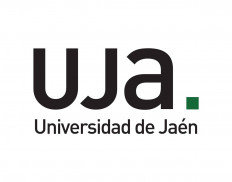Share
Print

The University of Jaén (UJA) is an EHEA medium-sized Spanish public university that was established in 1993. UJA’s International Projects Office (OFIPI) promotes and encourages the participation of its over 100 Research Groups (https://www.ujaen.es/servicios/ofipi/uja-ri-expertise) in International R&I funding programs. If you are interested in collaborating with any of them for building your consortium under this HE topic, please do not hesitate to contact us.
We are interested in the following call:
Fundamental Science and Outreach for Multimodality and Passenger Experience
TOPIC ID: HORIZON-SESAR-2022-DES-ER-01-WA1-5
Programme: Horizon Europe Framework Programme (HORIZON)
Call: Digital European Sky Exploratory Research 01 (HORIZON-SESAR-2022-DES-ER-01)
Type of action: HORIZON-JU-RIA HORIZON JU Research and Innovation Actions
Topic description
ExpectedOutcome:Project results are expected to contribute to the following expected outcomes.
Scope: The SESAR 3 JU has identified the following innovative research elements that could be used to achieve the expected outcomes. The list is not intended to be prescriptive; proposals for work on areas other than those listed below are welcome, provided they include adequate background and justification to ensure clear traceability with the R&I needs set out in the SRIA for the multimodality and passenger experience flagship.
For more information regarding this call, please, see the following link
